Long drives are enjoyable! We are aware that passing through lovely scenery in a car is the closest thing to being in heaven. However, if your car happens to get a little too sluggish and breaks down in the middle of nowhere, trapping you completely unprepared and without any auto equipment or emergency kit to solve the breakdown, your happy summer vacation could turn into a nightmare!
The secret is to always be prepared. Making a small space in the boot of your car for a complete car emergency kit will always keep you from becoming stuck in such circumstances.
We looked into dozens of safety essentials before determining the top ten items you ought to carry in your car.
Water
Your danger of dehydration increases with the summer’s high temperatures. When you physically exert yourself on a road trip, such as when you pack the car or replace a tire, the risk is increased. Keep enough water on your hand at all times to ensure that you stay hydrated. In the trunk, have a case of bottled water.
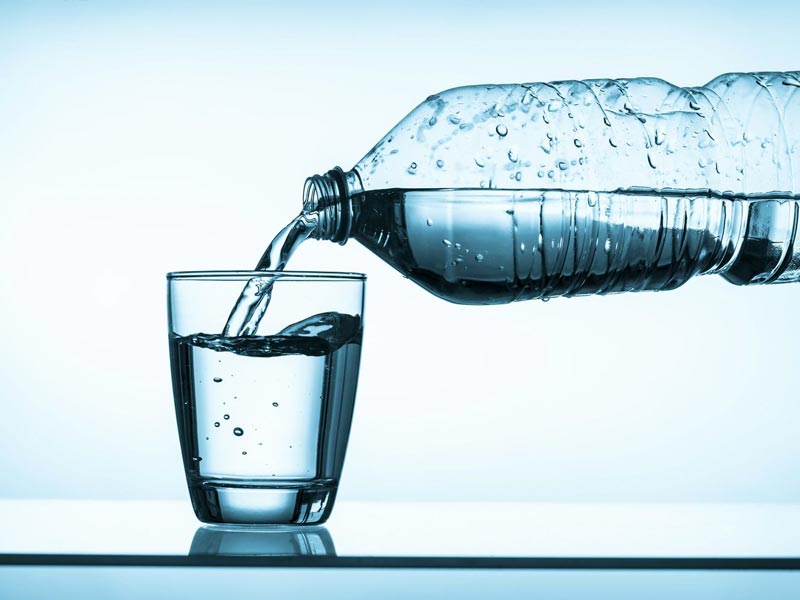
Encourage those who are more prone to dehydration, such as young children or elderly people, to drink water often. Always be on the lookout for headaches, drowsiness, and dizziness as dehydration signs.
Although food and water are equally essential for survival, it doesn’t hurt to keep a few granola bars in the car to prevent a “hanger.”
Multipurpose tool
You never know what tools you’ll need on a road trip, but you don’t want to bring a full-fledged toolbox. Purchase a versatile device instead. All-in-one products will include all useful equipment, such as needle nose spring-loaded pliers, scissors, and even a retail package opener. It’s also small and light enough to fit in one of your vehicle’s storage sections, a pocket, or your purse.
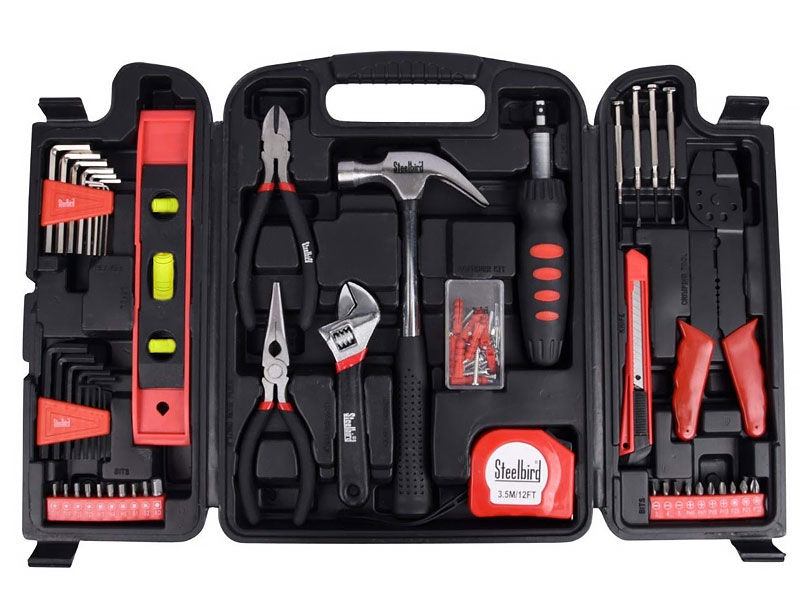
Carry a flashlight in your work glove box with your multitool so that you can see what you are doing when you’re making repairs.
Warning devices
Your automobile may become unusable due to anything from a mechanical issue to a traffic accident, endangering both you and other motorists. To notify drivers that your car is disabled, use emergency roadside flares, early warning road safety triangles, or a mix of the two.
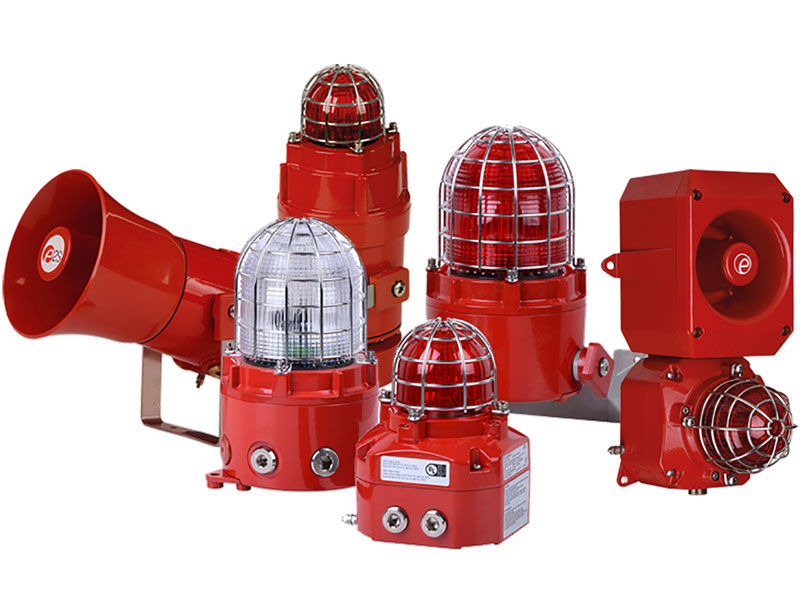
Before your vacation, have your car properly inspected by a licensed mechanic to help prevent a breakdown on the road.
First aid kit
Having a fully equipped first aid kit in your car is always a smart idea, whether you’re driving locally or across the nation.
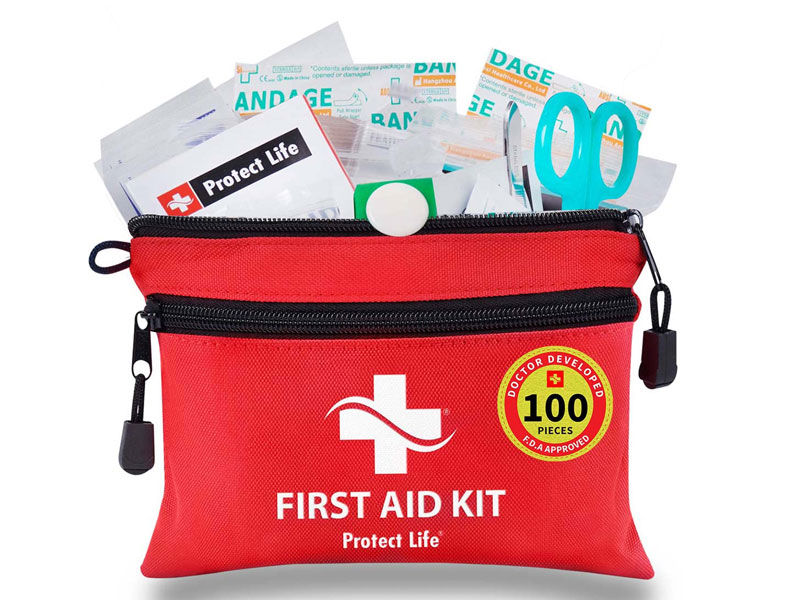
In the summer, make sure your first aid kit contains insect repellent and sunscreen. If a member of your family or a pet need prescription medication, bring enough for at least one day.
Also, Read Flaunt The Summer Season With These 7 Cool Outfits
Pet safety restraints
A sudden stop or an accident could cause harm to an unattended animal. They may also impair driving and harm passengers.
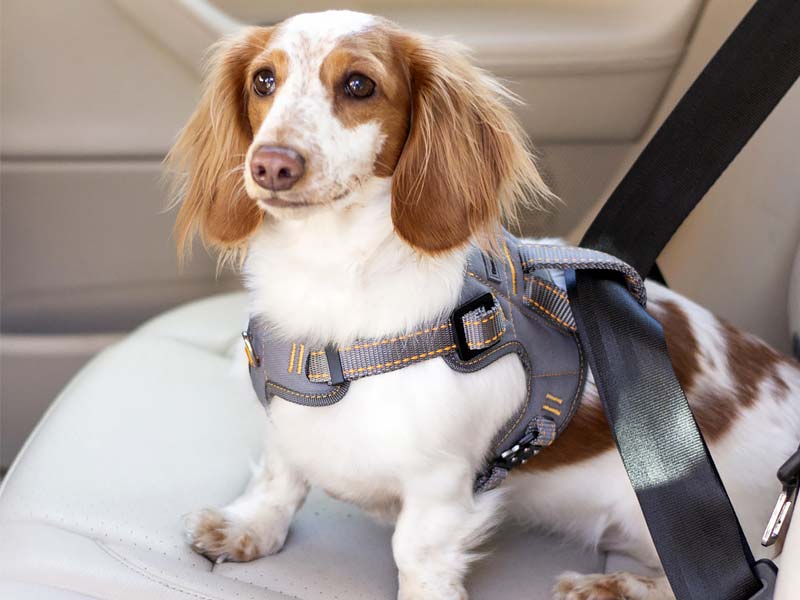
A pet barrier will keep your pet behind the back seats of your car if it is not in a carrier while you are driving. If your car doesn’t have an open trunk, tether your dog to the seatbelt.
Parasol
To prevent sunburn or heat stroke while traveling during a heat wave, it’s imperative to remain out of the sun.
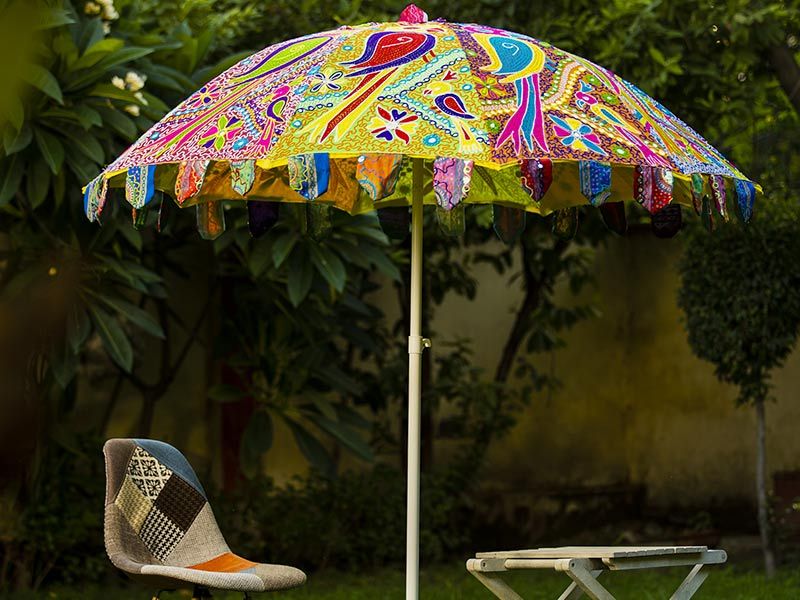
However, sitting in a car with the air conditioner on may not be wise or safe. Instead, bring a UV-filtering umbrella or a parasol to produce shade wherever you go.
Portable cellphone charger
For everything from navigation to restaurant recommendations, travelers rely on their smartphones. To call 911 or a tow truck, you also require a mobile.
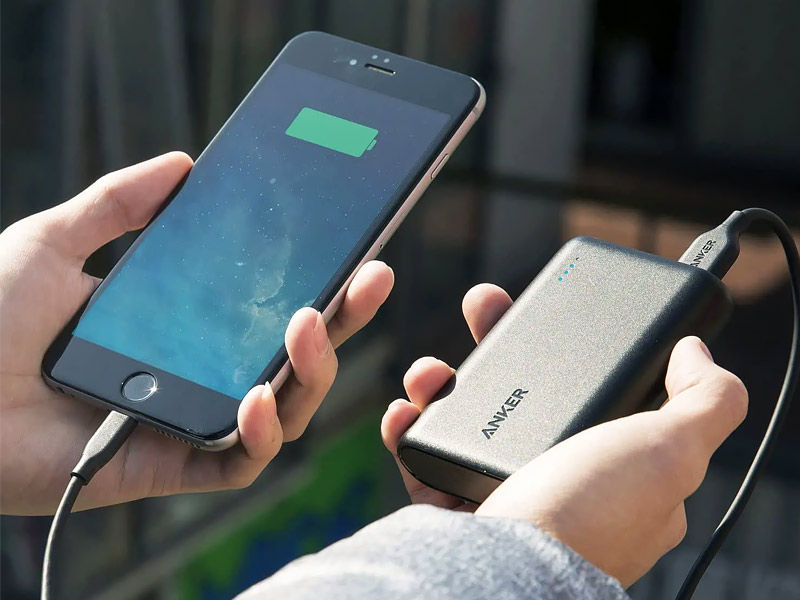
In case your car breaks down or you have to leave your automobile, always have a portable phone charger on hand.
Spare tire and jack
Even the best-planned road trip can be derailed by a flat tire. Make sure you have a nice spare tire and a car jack with you. You should also bring a container of lubricant to assist with loosening locked wheel lug nuts.
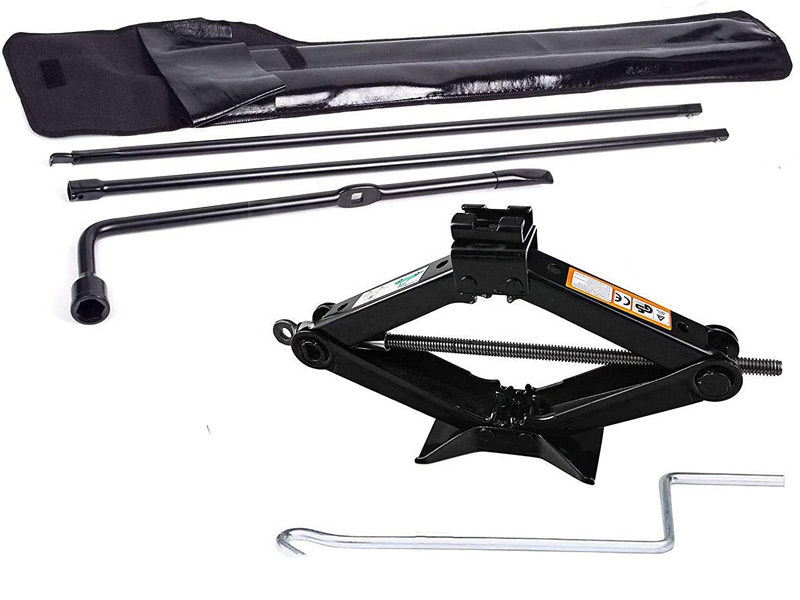
If you’re going on a long vacation, consider adding roadside assistance (which should include emergency flat tire replacement) to your auto insurance policy. If you must change the tire yourself, place flares or alerts in place before you begin.
Fire Extinguisher
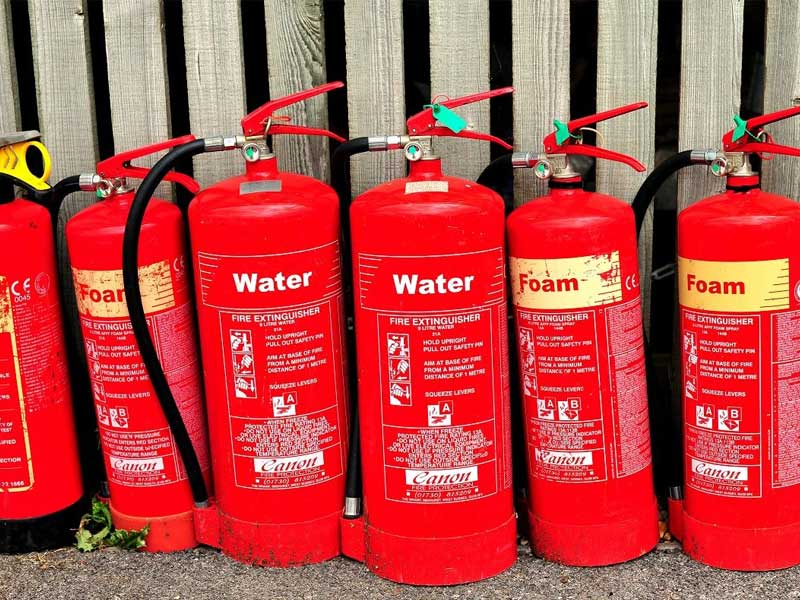
Keep a fire extinguisher in the vehicle to avoid a little fire becoming out of control. When not in use, keep the fire extinguisher fastened down in the trunk of your car and make sure it is NFPA-rated for Class B and Class C fires.





























